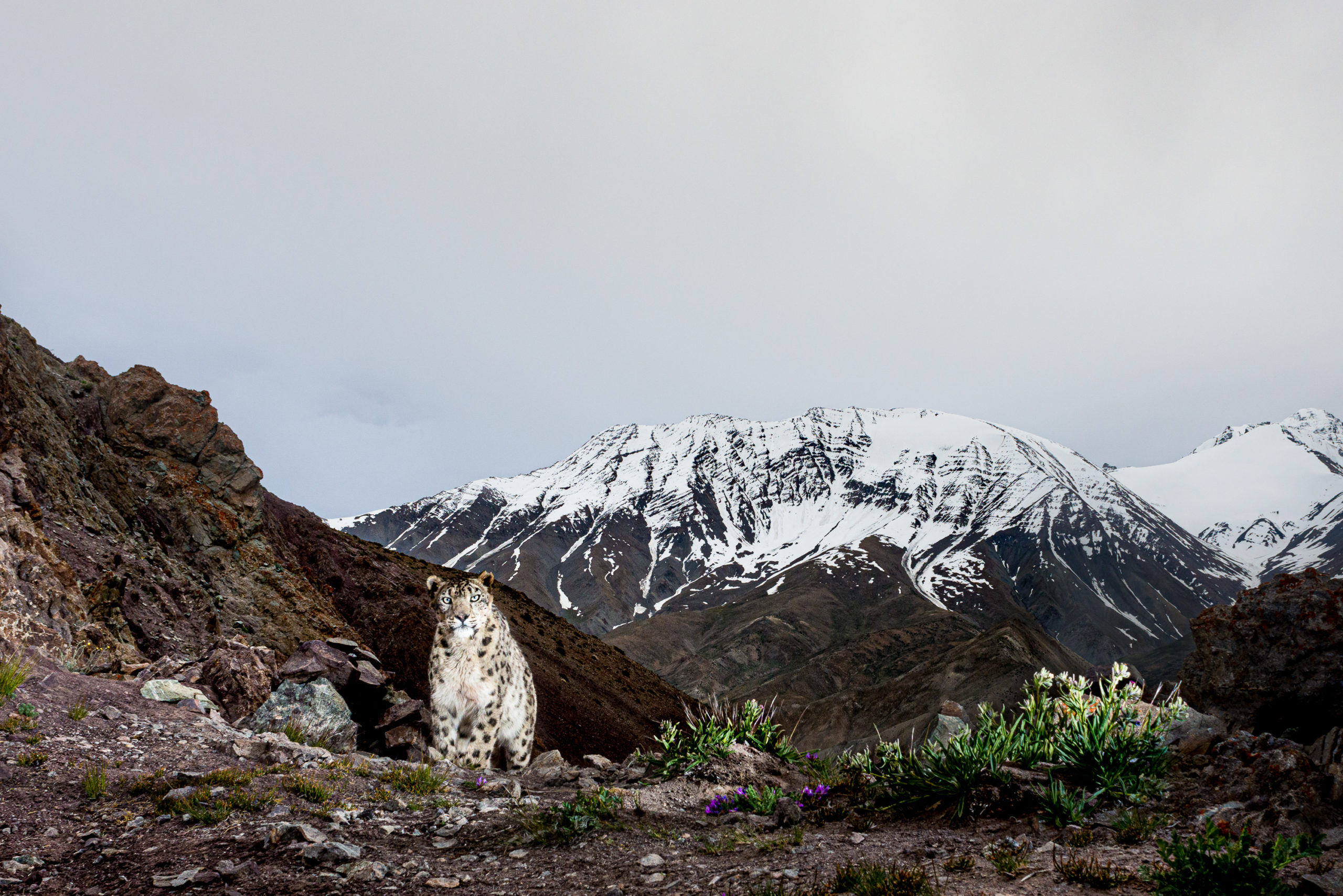Module 8: Session 1
Our first Session of Module 8 will kick us off framing the issue of tourism and conservation in the setting of snow leopard habitats. Raghu and Joanna have outlined some of these ideas in this downloadable note. If you have time please do read it before joining (if not after the session as a resource). This note may spark your ideas on questions to ask or thoughts to throw into the discussion.
Session 1.1: Tourism as a conservation tool?
Session 1.2: Conservation tourism – economic driver for inclusive conservation
Session 1.3: Conservation Tourism Plenary Discussion
Highlights
- Eco-tourism and conservation tourism are different although both can benefit conservation.
- Conservation tourism is a term used when tourism planning is centered around conservation goals. Conservation tourism entails tourism being an active participant in conservation whereas other forms of tourism are passive and reactive to existing conservation.
- Important to maintain clarity over the terms so that later evaluations can be accurately assessed in a way that has not been possible with eco-tourism due to its conflation with other forms such as nature tourism, wildlife tourism, even adventure and outdoor tourism.
- Conservation can be better when different conservation models run parallel and complementing existing ones
- Beyond our Protected Areas conservation success can be achieve with active participation of communities
- Economic incentives can help encourage active participation of communities in conservation
- Tourism is growing industry and can be a nature friendly activity for ecologically sensitive areas and it can generate substantial economic benefits for communities
- Tourism for conservation must be developed, guided, promoted within a conservation framework and bring economic well-being of the communities
- Benefits from tourism must add to the existing livelihood and not replace the existing income sources
- The development of tourism must ensure a tangible outcome of conservation to use it as an effective conservation tool.
- Equitable distribution of incentives is key to the success in making tourism into conservation tourism. With small but equitable benefits bigger conservation goals can be achieved.
- Greater individual benefits more divisive it is for the community to participation
- Tourism benefits can be effectively used to generate snow leopard friendly perception and reduce conflict.

